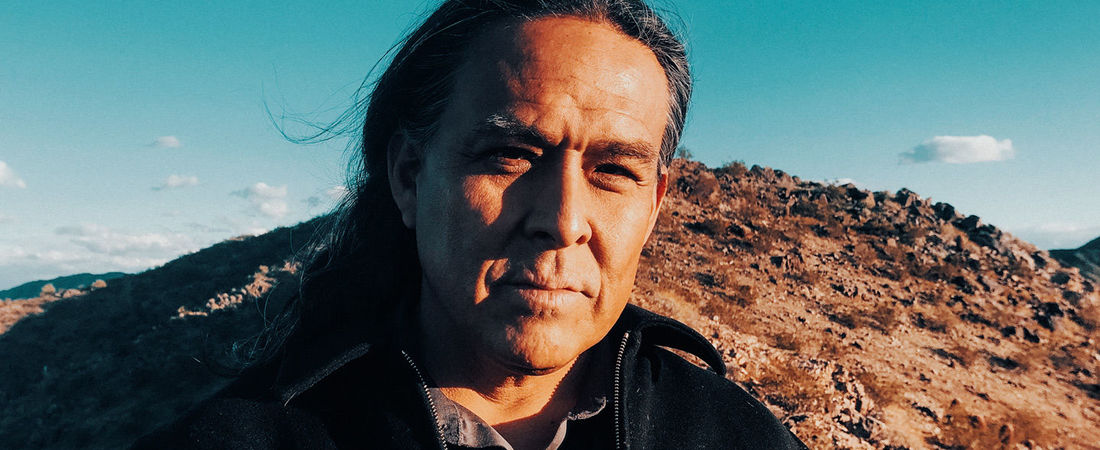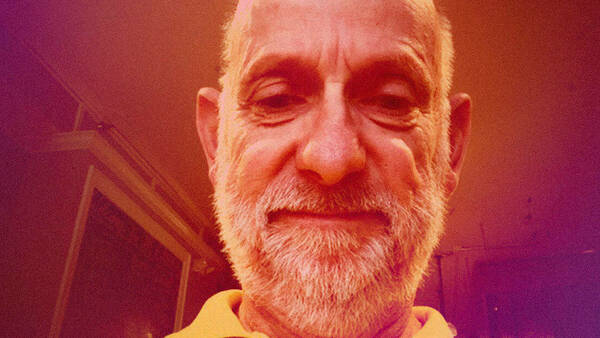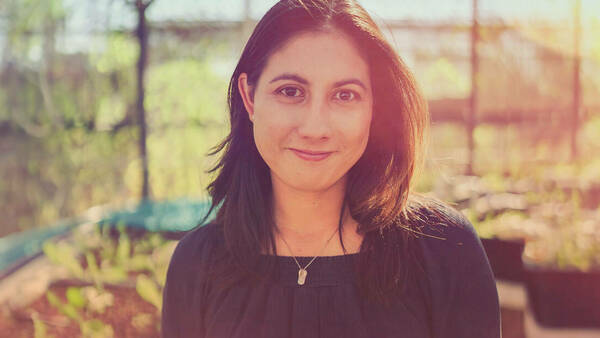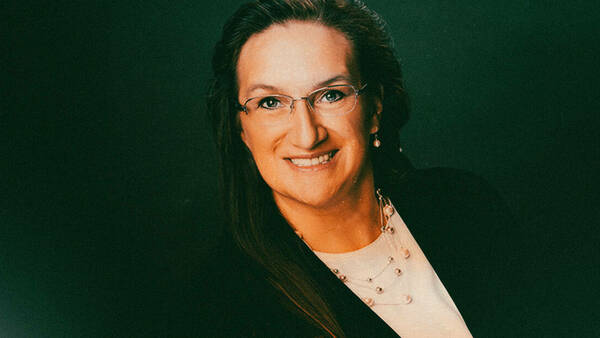Deswood Etsitty ’93 comes from a family of builders on the Navajo Nation in Arizona. Growing up, he looked up to many of his family members, including his maternal uncles, who worked as masons, carpenters, and engineers. And when he arrived at Notre Dame in the fall of 1988, he chose architecture as his major because of those builders, the people in his family whose work brings architectural designs to fruition.
Just as he was drawn to architecture, Etsitty also felt the pull of home. But there weren’t any jobs as an architect on the reservation when he graduated from Notre Dame.
“My only goal was to help plan, design, and build something important with my people,” Etsitty says, but he wasn’t sure the opportunity would present itself.
Then, in the early 1990s, the federal government funded a wave of health care projects on the Navajo Nation, which would become the opportunity Etsitty sought. Since then, he has worked in the design and construction administration of health care facilities in the private sector and across the Navajo Nation. His work includes the nation’s largest medical center, Tse’hootsoo’ Medical Center; a health center in his hometown of Pinon; and a recently completed hospital in the community of Kayenta. He says it has been “the dream” to raise four children with his wife and to to create buildings that have a positive impact on the community.
“The essence of our traditional Dine’ (Navajo) healing ceremonies, the ones that are medicinal, or about preventative health, growth, and happiness, is that they all happen in the home, in the hooghan. So the designs are about taking that home setting and bringing those elements into the health care facility,” says Etsitty, who lives with his family in Phoenix. “Over the years, we have proposed our concepts to the communities and wanted them to know that they were part of the discussion of trying to fuse the two together. And out of that experience, the question I carry with me is: ‘Where is Navajo architecture going in the future?’”
In an attempt to address part of that question, he has teamed with a fourth-year architecture studio at Notre Dame on a collaboration with St. Michael Indian School, a Catholic school on the Navajo reservation. During the spring 2019 semester in Associate Professor Lucien Steil’s studio class, nine architecture students are working on a campus master plan, as well as creating designs for a new sports facility. Steil is spearheading the project, along with Dot Teso, president of St. Michael Indian School; Michael Lykoudis, the Francis and Kathleen Rooney Dean of the School of Architecture; and the Rev. Richard S. Bullene, C.S.C., assistant dean and academic director of the School of Architecture’s Rome studies program.
Etsitty is serving as an adviser to the class as well as a resource on Navajo history and culture. His goal is to help the students develop viable design responses to the school that reflect an understanding of the land and the Dine’ people. He led the group during a January 2019 visit to St. Michael’s campus, and returned to Notre Dame’s campus in March to sit on the jury that assessed the class’s master plan.
This studio course provides an opportunity for the Notre Dame students to research and develop design work with real-world applications, while also learning about and incorporating elements of the Navajo culture, he sees. St. Michael has already begun utilizing the students’ planning and building design work to advance its capital campaign for new facilities in the coming years. More broadly, Etsitty hopes the class will influence a new crop of architects in how they incorporate historical and culture considerations in their work. Someday, he says, one of them may be designing new facilities on the Navajo reservation, or other Native American lands around the country.
Not only does Etsitty want to have a hand in guiding the future of Navajo architecture, but he also wants to open doors for Native American students at Notre Dame. He began serving as a volunteer leader with the Notre Dame Alumni Association in 2004, and currently serves as the Alumni Relations Assistant Director of the Native American Alumni Board.
“The thing I cherish most about Notre Dame is the shared understanding I experienced as an undergrad, fostered by Fr. Malloy,” Etsitty says. “It wasn’t just tolerance for Native people—it was an openness and love. That’s part of the reason for giving back, to help people see beyond the Native stereotypes, for who we really are, and for indigenous cultures to add value to Notre Dame.”
The Native American Alumni Board has started a scholarship fund for Native American students at Notre Dame, Etsitty says, adding that he would love see more Native American students attend the University and enter the field of architecture. In addition, he hopes that the students at St. Michael Indian School will be inspired by their interactions with Notre Dame architecture students.
“The fact that Notre Dame’s classroom now includes part of the Navajo Nation is a thrill,” he says of the studio class, and he hopes it is a collaboration that continues into the future.
To support Notre Dame’s Native American Scholarship Fund, select “other” in the online form’s designation box, then type in “Native American Scholarship Fund” in the box beneath it.



